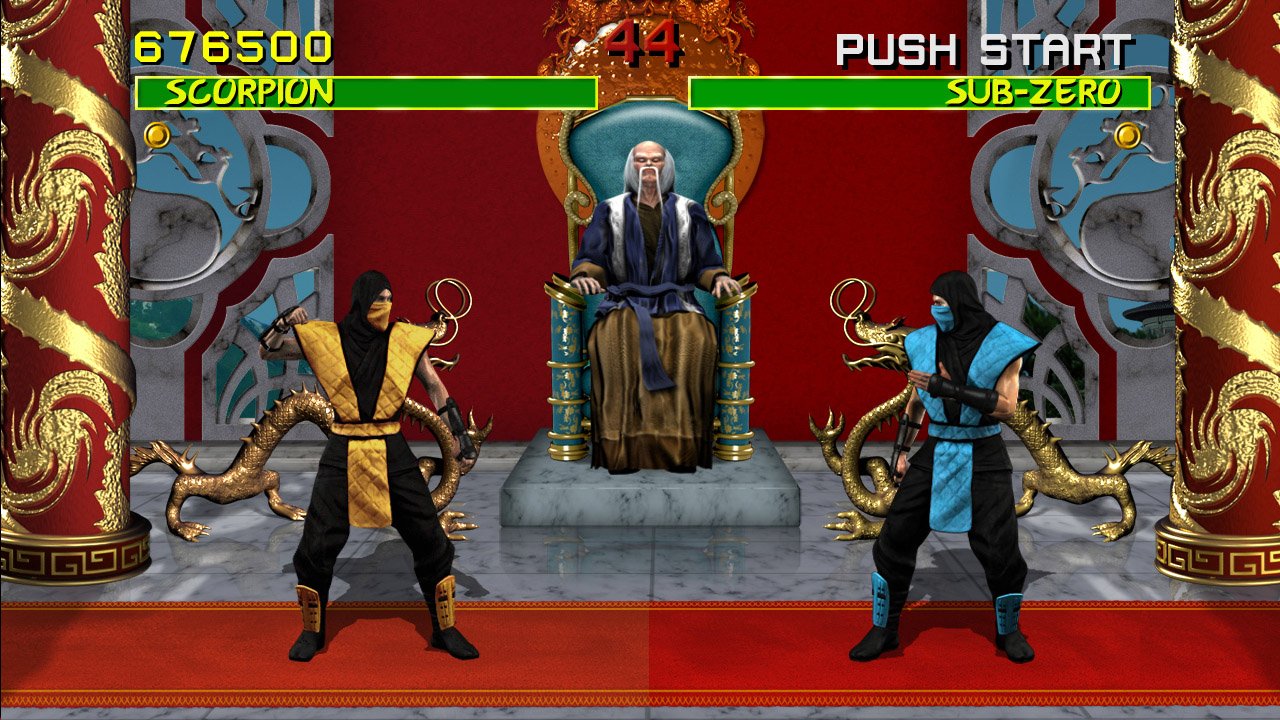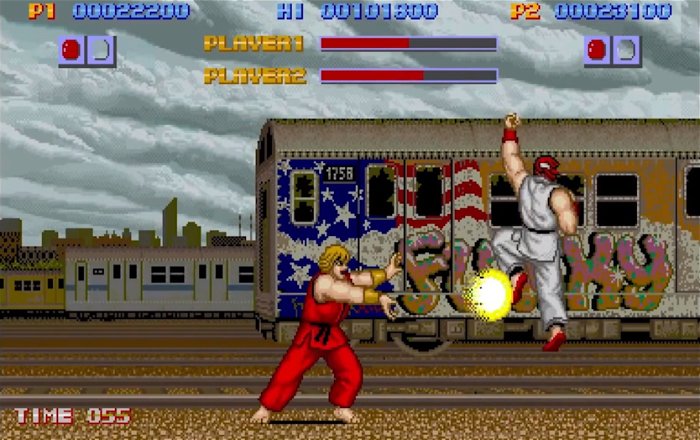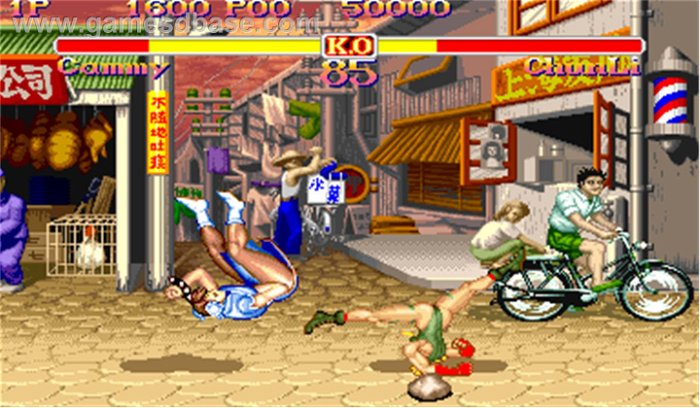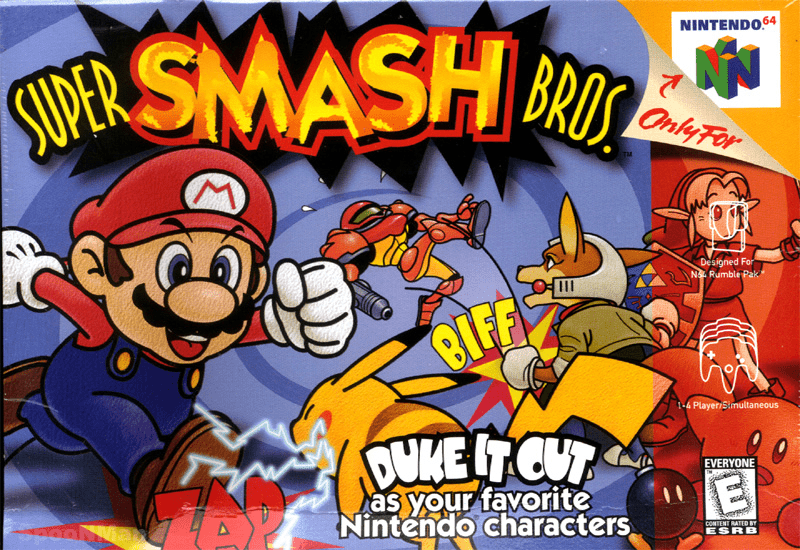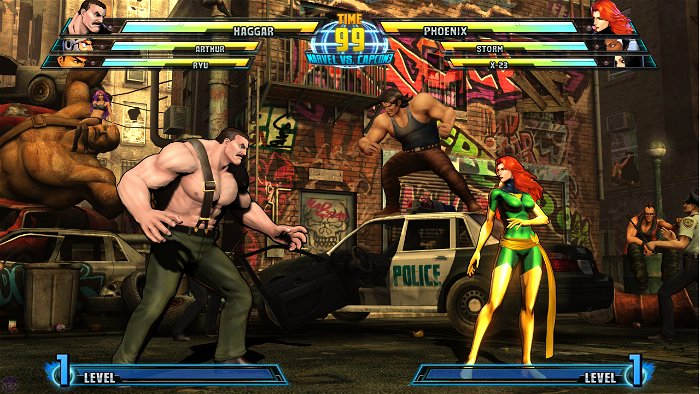The fighting game genre has been a mainstay in the games’ industry for a plethora of decades. It has spawned, arguably, eternal franchises such as Mortal Kombat, Tekken, and Street Fighter that are well-known around the world. It installed the first, real sense of competitiveness, popularized arcades, and spawned tournaments with money prizes worth hundreds of thousands of dollars. Infamously, the genre was also the reason why games have ESRB ratings in the first place, as Mortal Kombat caused a prodigious upheaval upon its release in the 1990s.
Sega is credited with releasing the first video game to feature hand-to-hand fighting in 1976, called Heavyweight Champ. It featured black-and-white graphics with monochrome sprite visuals, gameplay from a side-view perspective, and employed two boxing glove controllers for two players. The game received a remake a little over a decade later, in 1987, with the most prominent addition being the change of perspective to behind the boxer, similar to Mike Tyson’s Punch Out games.
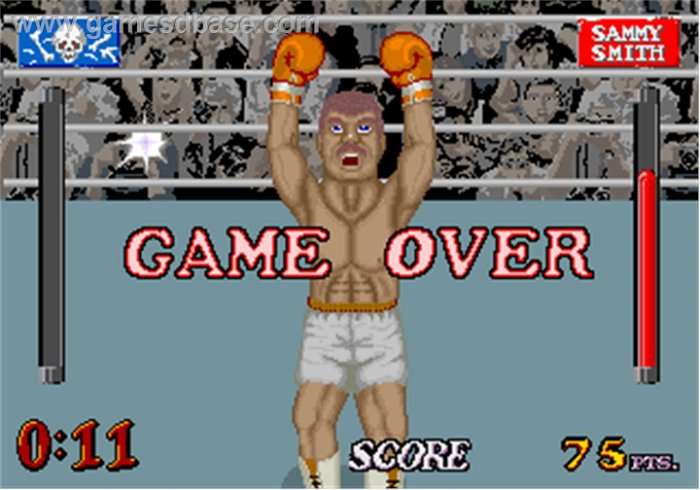
Though Heavyweight Champ was the first game to introduce the concept of fist fighting, and one-on-one combat, it wasn’t until the now defunct Technōs Japan Corporation’s 1984 title Karate Champ, and Konami’s 1985 title Yie Ar Kung-Fu that the fighting game genre was popularized, and the basis for modern fighting games was introduced. Karate Champ contained a best-of-three matches format that’s common in fighting games today, and was the first title to contain training bonus stages. Yie Ar Kung-Fu expanded upon Karate Champ, with characters to choose from with distinct personalities, and fighting styles.
In 1987, Capcom released its first competitive fighting game, and the inaugural game in one of its biggest franchises, Street Fighter. Though the original entry did not receive the same type of commercial, and critical acclaim that its sequel would be showered with, it established what the franchise would be all about – balanced gameplay, unique and eccentric characters, six button controls, and command-based special techniques.
Four years later Street Fighter II was released, and was quickly met with humongous success. It improved upon almost every single mechanic from the first game, including the command-based special moves. Players could choose from a panoply of playable characters, including Chun Li, Blanka, and Zangief. Capcom was initially reluctant to begin work on a sequel to Street Fighter, due to the game’s poor sales. But after Capcom’s other side scrolling brawling game, Final Fight, found success in the United States in 1989 the Japanese behemoth greenlit the sequel’s development.
Street Fighter II set off a renaissance for both fighting games, and arcades worldwide in the early 1990s – it’s credited with starting the fighting game boom. It was then, after being released to arcades, ported over to the Super Nintendo Entertainment System, where it sold 6.3 million units. The various multiplatform console ports sold over 14 million copies, and by 1994 it was played by over 25 million Americans in homes and arcades.
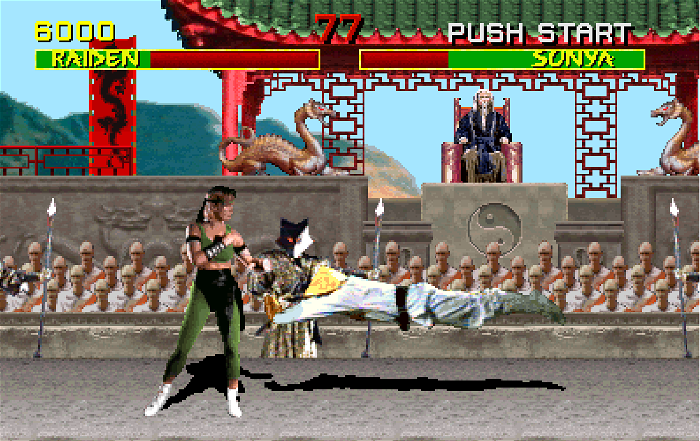
Then, in 1992, came Street Fighter’s fiercest competitor, and arguably the most controversial game ever released – Mortal Kombat. Instead of trying to copy everything Street Fighter was doing right, including its visually pleasing aesthetic and art style, developer Midway and creators Ed Boon, and John Tobias opted for a more photorealistic, bloody, darker tone and style. Both Boon and Tobias originally had the idea of creating a fighting game starring action star Jean-Claude Van Damme. But, as the concept expectedly fell through the idea of a science-fantasy themed fighting game called Mortal Kombat came to fruition.
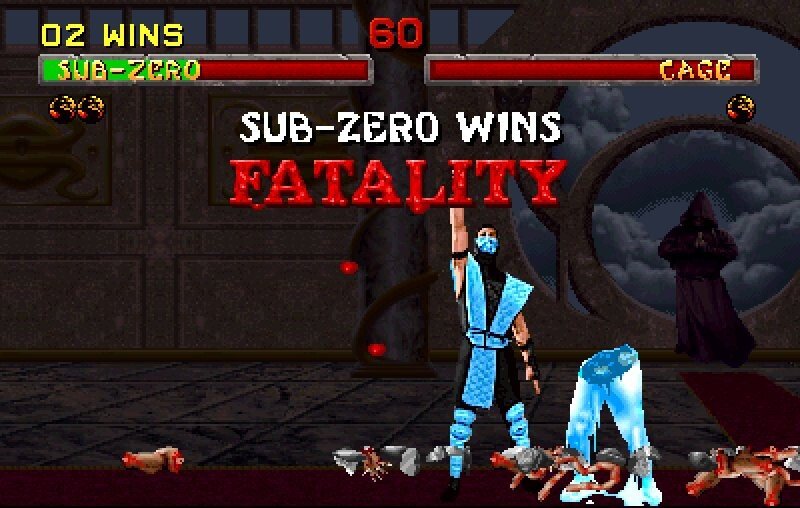
The characters of the original three games were created by rotoscoping; digital sprites based on filmed actors – a contrast with Street Fighter’s drawn graphics. Mortal Kombat’s “fatalities,” however, were the most controversial, and unexpected mechanic introduced to fighting games. Each character had his/her own unique moves, ranging from ripping a character’s spine out, to cutting them in half. These moves are solely responsible for the game ratings we have today, which were introduced a year later after the second game in the series, in 1994. There were several court cases involved, and birthed the first debate about whether or not video games should be banned, and if they influence poor behavior in children.
By 2012, the franchise had managed to sell over 30 million copies worldwide, and was still going strong decades later with Mortal Kombat X’s impending arrival. The initial 1992 title spawned a smorgasbord of sequels, movies, books, and imitators. It, alongside Street Fighter are the two most highly successful fighting game franchises.
By the late 1990s, the fighting game genre began to wane significantly despite the releases of excellent games such as both Tekken 2 and 3, which 3D fighting games where the player can move 360 degrees around the stage alongside Sega’s Virtua Fighter, weapon-based fighting game Soul Calibur, and a deluge of crossover fighting games. No other release, despite Nintendo’s Super Smash Bros. on the Nintendo 64 and GameCube, reached the same gargantuan heights as Street Fighter II, and Mortal Kombat I and II.
Super Smash Bros. was released worldwide after selling a staggering million copies in Japan. It only featured 12 characters from the start. The game’s sequel, Melee, was released in 2001 and was met with greater praise, acclaim, and commercial success. It had a bigger budget than its predecessor, and laid the blueprint for the future of the franchise. It sold seven million copies, and featured 26 playable characters.
Other crossover fighting games include the popular Marvel vs. Capcom, SNK vs. Capcom, Mortal Kombat vs. DC Universe, and Tatsunoko vs. Capcom. In the early 2000s, international fighting game tournaments saw a rise in popularity, with Tougeki – Super Battle Opera, and Evolution Championship Series being the two most popular. A plethora of fighting game players have been able to create careers out of playing competitively for prize money. Daigo Umehara, PR Balrog, Justin Wong, and Luffy are just some of the most popular names out there.
By 2009, after a quite few years, the next main entry in the Street Fighter series was finally released. Street Fighter IV had arguably the same type of impact on fighting games as Street Fighter II had. The game received several iterations, which all managed to sell over a million copies, adding up to over eight million copies sold. In 2011, NetherRealm Studios, (largely made up of former Midway developers including Ed Boon), released Mortal Kombat, or “Mortal Kombat 9” – the entry that returned the series to relevancy after a few years of mediocrity.
This genre is here to stay. The excitement surrounding both Mortal Kombat X and Street Fighter V is considerable. Nintendo’s Super Smash Bros. Wii U and 3DS were released last year to immense critical reception and sales as well. Though the genre did hit a lull for much of the 2000s, a strong resurgence inevitably arrived by the end of the decade. People just love to beat each other up with a controller in hand, and this competitive nature will always be here to stay.
